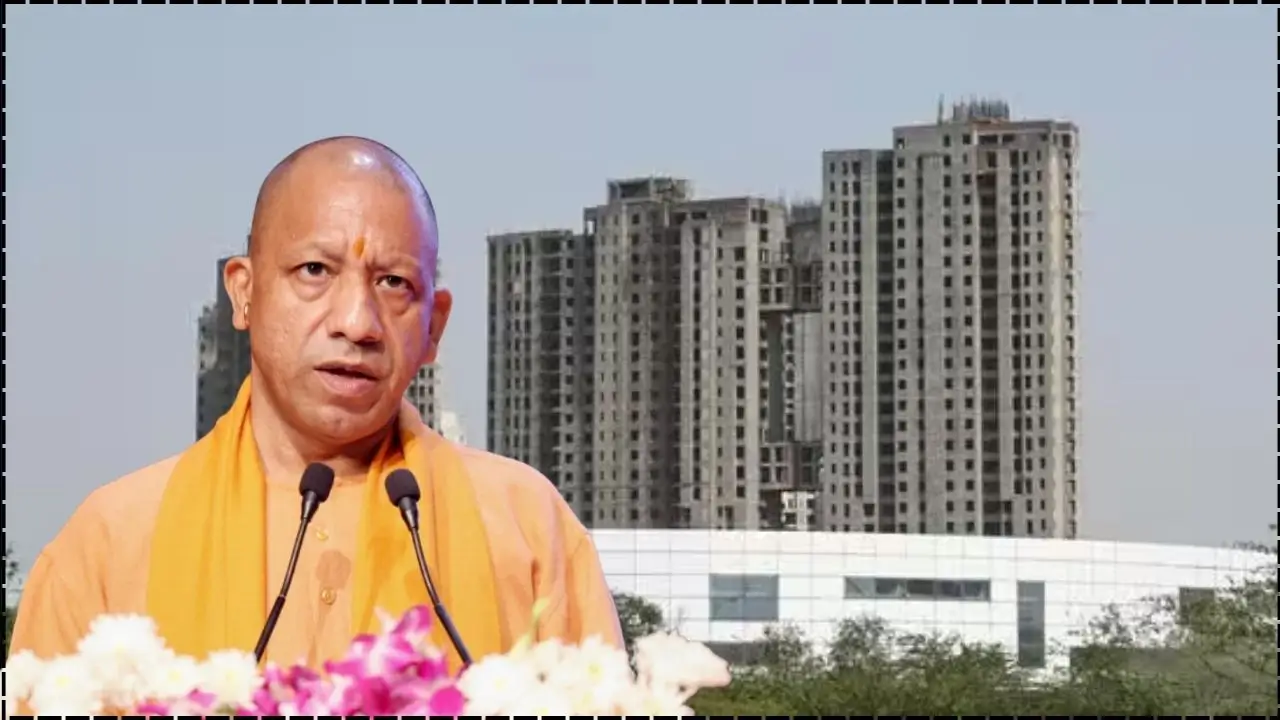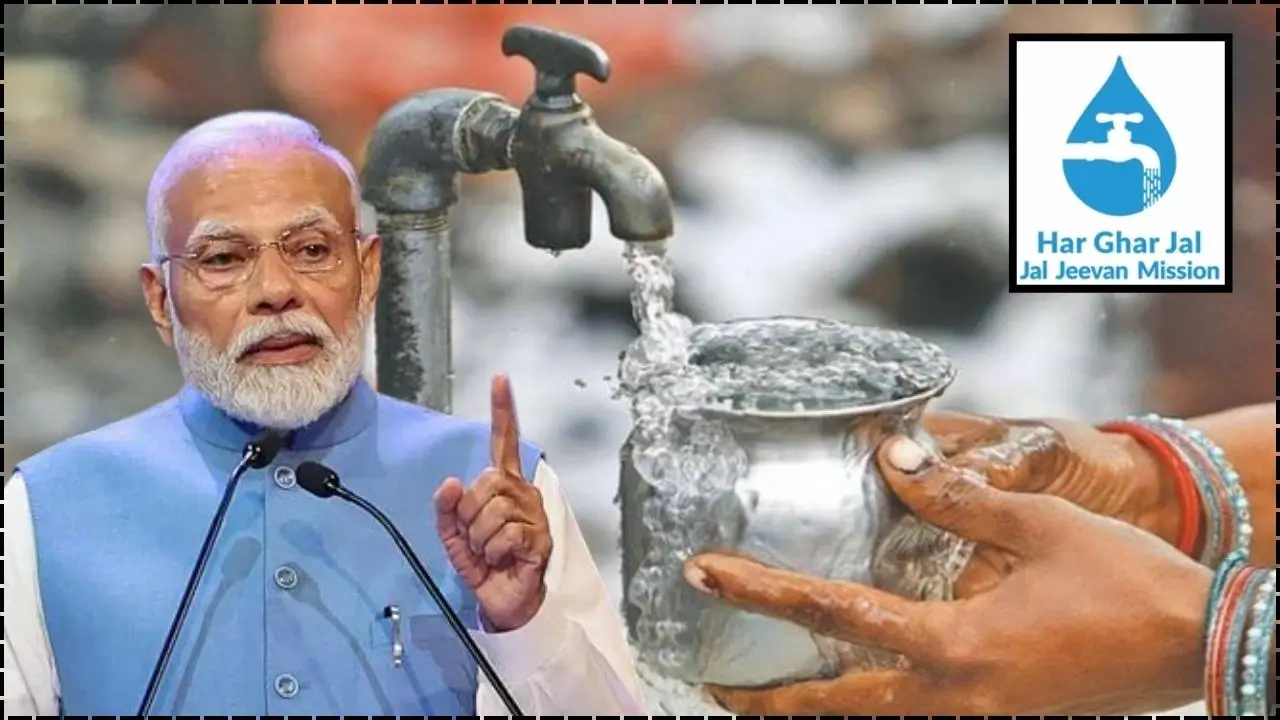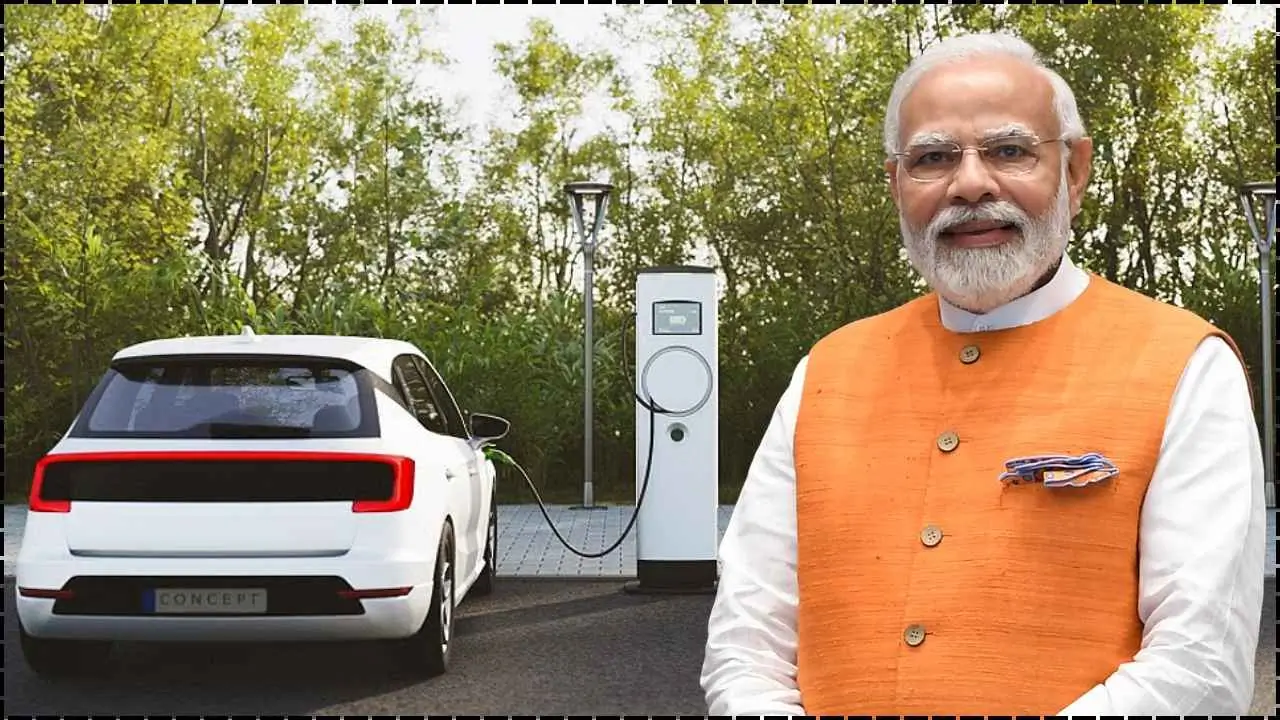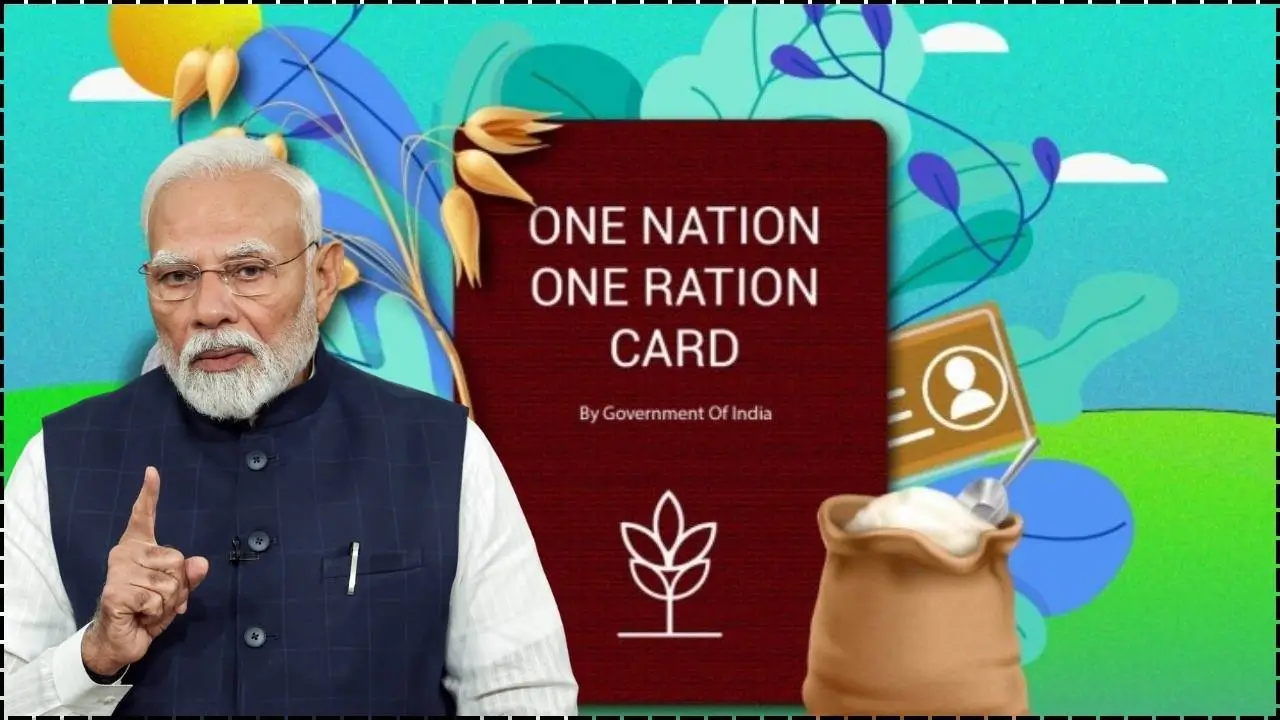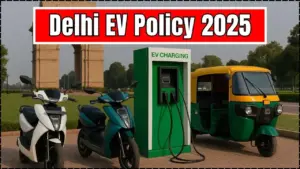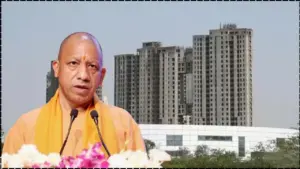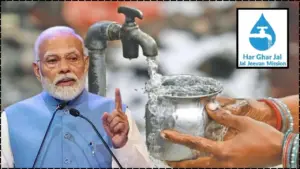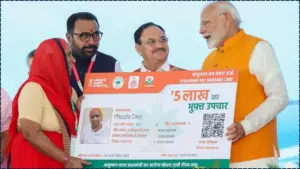With a heartfelt commitment to fostering dignity and hope for families in need, the DDA Jan Sadharan Awas Yojana 2025 embodies the Delhi Development Authority’s renewed dedication to expanding affordable housing in India’s vibrant capital, offering over 1,100 compassionate flats on a first-come-first-served basis to welcome those long awaiting a secure home.
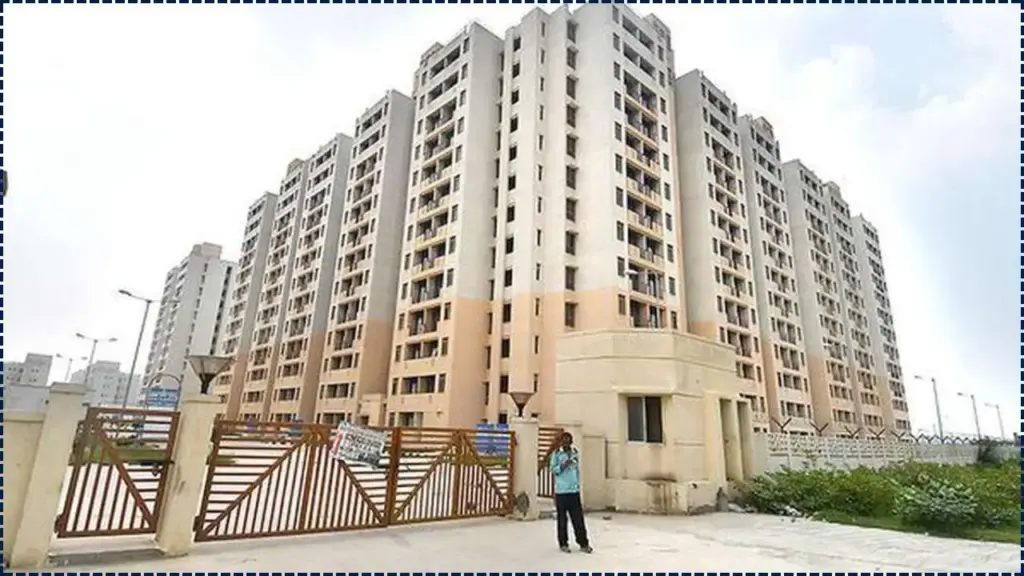
This inspiring initiative is poised to draw widespread interest from deserving residents, reflecting a deep resolve to uplift communities and bridge the gaps of housing inequities that have burdened Delhi for too long. Its true success will shine not only through enthusiastic uptake but also through meaningful strides toward equity, ensuring every family, especially the most vulnerable, can embrace a brighter, more stable future filled with warmth and belonging.
The Delhi Development Authority (DDA) has launched the Jan Sadharan Awas Yojana 2025, offering 1,172 affordable flats across several parts of the capital. Registrations opened on September 11, and bookings begin September 22, on a first-come-first-serve basis.
Background: Expanding Affordable Housing
The Jan Sadharan Awas Yojana is part of DDA’s continuing effort to increase affordable housing supply for Delhi’s growing population. Similar schemes have been launched in previous years, but the 2025 edition marks one of the largest offerings in recent times.
According to the DDA brochure, units are spread across Narela, Rohini, Dwarka, Loknayakpuram, Todapur, and Manglapuri. Prices range from ₹9.18 lakh to ₹35 lakh, depending on size and location.
Key Details of the 2025 Scheme
Registration and Booking
- Registrations opened on September 11, 2025.
- Flat selection and booking will begin on September 22 at 12:00 p.m. through the DDA’s online portal.
- The scheme closes on December 21, 2025.
Locations and Categories
- Economically Weaker Section (EWS) and Janta Flats are concentrated in Narela and Rohini.
- Higher-priced units are available in Dwarka sectors 14 and 19B, Manglapuri, and Loknayakpuram.
Price Distribution
- Narela flats: ₹9–27 lakh, sizes up to 61 square metres.
- Rohini and Todapur flats: ₹14–18 lakh.
- Dwarka and Manglapuri flats: ₹26–35 lakh.
Eligibility and Process
Applicants must be Indian citizens aged 18 years or older, with income criteria applying to certain categories. The registration fee is ₹2,500 including GST, payable online.
Flats will be allotted strictly on a first-come-first-serve basis, unlike earlier lotteries. Buyers will need to pay the booking amount immediately upon selection to secure the unit.
“DDA aims to provide transparent and accessible housing opportunities to all income groups, particularly the economically weaker sections,” a senior DDA official said during the scheme’s launch announcement.
Related Links
Download Chhattisgarh BhuNaksha Land Map Online: Check Step-by-Step Guide
Odisha Biju Swasthya Kalyan Yojana Card Download Online: Quick Digital Process
Checking Your Telangana Land Records Online in Minutes: Here’s the Digital Method
Wider Context: Housing Demand in Delhi
Delhi continues to face significant pressure on its housing stock. Rising migration and limited land availability have pushed private market prices beyond the reach of many families.
Dr. Ritu Bhandari, an urban development researcher at the National Institute of Urban Affairs, said the DDA scheme represents “a critical intervention, though its scale remains modest compared to the overall demand.”
According to government estimates, Delhi requires over two million additional affordable units by 2030 to meet projected needs.
Public Response and Expectations
With a heartfelt commitment to fostering dignity and hope for families in need, the DDA Jan Sadharan Awas Yojana 2025 embodies the Delhi Development Authority’s renewed dedication to expanding affordable housing in India’s vibrant capital, offering over 1,100 compassionate flats on a first-come-first-served basis to welcome those long awaiting a secure home.
This inspiring initiative is poised to draw widespread interest from deserving residents, reflecting a deep resolve to uplift communities and bridge the gaps of housing inequities that have burdened Delhi for too long. Its true success will shine not only through enthusiastic uptake but also through meaningful strides toward equity, ensuring every family, especially the most vulnerable, can embrace a brighter, more stable future filled with warmth and belonging.
“The affordability gap is narrowing, but more equitable mechanisms are needed,” said Anil Kumar, convenor of the Delhi Housing Rights Network. Still, analysts say the scheme could relieve pressure in specific sub-markets, especially in northern Delhi, where demand for smaller units remains high.


